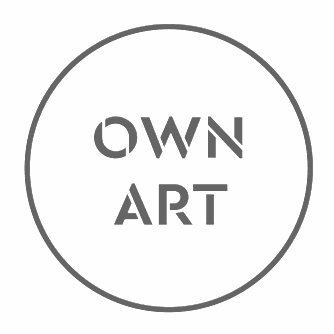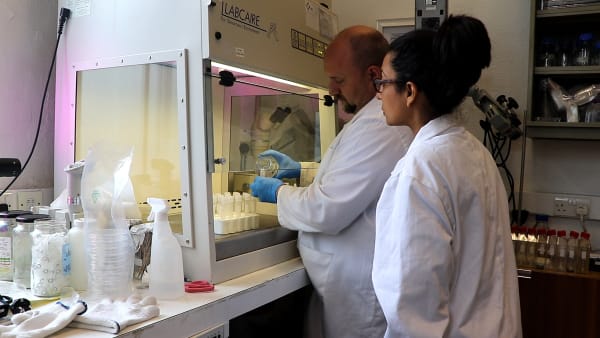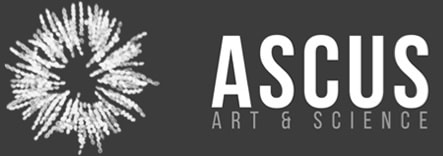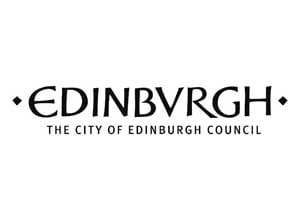A visual arts and science engagement project by India based artist and researcher Sonia Mehra Chawla, researching the North Sea and its coastal and marine ecosystems. This body of work is a contribution to our empathetic understanding of the oceans, their significance as an ecosystem, their vitality and ability to support and sustain all life, and the role they play to enable the movement of humans and non-humans and their poetic reflections in contemporary culture.
This project is the result of a three-year project research and residency project facilitated by Edinburgh Printmakers, and supported by Marine Scotland, Prof. Colin Moffat, Creative Scotland and ASCUS Art & Science. The artist has undertaken intensive artist residencies at Marine Laboratory of the Scottish Government in Aberdeen, Edinburgh Printmakers, and ASCUS Laboratory in Edinburgh in 2019.
This multi-media exhibition has further been informed by the artists’ field visits to Aberdeen, Fraserburgh, Peterhead and Stonehaven on the northeast coast of Scotland. In addition, Mehra Chawla has conducted research at nature reserves, conservation sites, and protected natural habitats in Aberdeenshire, as well as the intertidal zones of the Firth of Forth, and the estuary or firth of several Scottish rivers including the River Forth, which flows into the North Sea.
Working at the intersection of art, science, and technology, and exploring entanglements of ecology, industry, culture, politics and aesthetics, this body of work comprises new commissions in print, along with videos, ‘living’ systems, archival scientific materials, and historical objects.
The exhibition is presented as part of Edinburgh Science Festival and Edinburgh Art Festival 2021. It is available as a digital preview from 25 June, and is due to open in person at Castle Mills on 4 August.
For sales, please contact us directly: info@edinburghprintmakers.co.uk. Prints may be purchased in advance and will be ready to collect/ship after the physical exhibition closes in the Autumn.
HEADER IMAGE: Sonia Mehra Chawla, Drifters & Wanderers: Plankton Chronicles, 2019-20
-
-
-
'Vital To Life: Drifters and Wanderers’ is a series of detailed and meticulously produced laser cuts and engravings that explore the hidden, mysterious and wondrous world of microorganisms (diatoms) in the world’s oceans and water bodies. The work makes the invisible visible, as we marvel at the exquisite beauty and vitality of their siliceous structures, frustules (cell walls) and formations.
Human-induced environmental change threatens multi-species endurance and continuity. We are all interconnected by shared ecologies. Can humans and other species continue to inhabit the earth together in collaboration? Working with environmental samples and living material from the North Sea and its tidal zones, as well as archival historical scientific material, this series explores and imagines an oceanic worldview of entangled histories, symbiotic relationships and contaminations.
-

-
-
We ask a great deal of ruins, and divine a lot of sense and wisdom from their haunting silence. Everything comes to nothing, everything perishes, only time endures, no matter how fractured or dissolved at its edges.
"The causeway is slick with seawater and the green of slippery, slimy, glossy, and gleaming algae, the tide recently having receded to a secure remoteness. The pylons place us under surveillance as we cross the causeway: are they sentinels on shore, custodians, or decomposing teeth of the sea? The crumbling, corroding, putrefying power of nature slowly creates entirely new, meaningful forms. Nature has now made it her own. The concrete ruin is consumed and engulfed; appropriate creatures revel.
The ruin is a constellation of meanings that moves between past, present, and future; the ruin is a reminder of the universal reality of collapse and rot; a warning from the past about the destiny of our own or other civilizations; the symbol of a certain melancholic or maundering state of mind; an image of equilibrium between nature and culture; the very picture of economic hubris or industrial decline; a desolate playground in whose cracked and weed infested precincts we have space to imagine a future, a fetish or object of desire; a topography of insatiable greed and profit; easily forgotten in the midst of history’s terrible repetitions; a monotonous inventory of parts that are crumbling; a silent witness; and most unsettlingly perhaps, the ruin conjures a future past, the memory of what might have been.
We ask a great deal of ruins, and divine a lot of sense and wisdom from their haunting silence. Everything comes to nothing, everything perishes, only time endures, no matter how fractured or dissolved at its edges. On Cramond Island, in the middle of the Firth of Forth, nature and culture, landscape and ruin, begin to bleed into one another. We can no longer precisely tell what is ruin and what its circumstances, what is memorial and what the dead thing it recalls." (Sonia Mehra Chawla, 'The Non-Human Touch: What Values Can Emerge from Ruined Landscape?')
-

SONIA MEHRA CHAWLA, RUINS ARE PORTALS IV, 2020
£400
-

Sonia observing and recording microorganisms at ASCUS art and science lab, Edinburgh.
-
-
Collaboration with ASCUS and Marine Scotland
Entanglements of Time and Tide is a multi-disciplinary project which covers not only printmaking but also works in film, photomicography and a large body of scientific research. Read more about Mehra Chawla's art and scientific study on the ASCUS Art & Science website.
-





























